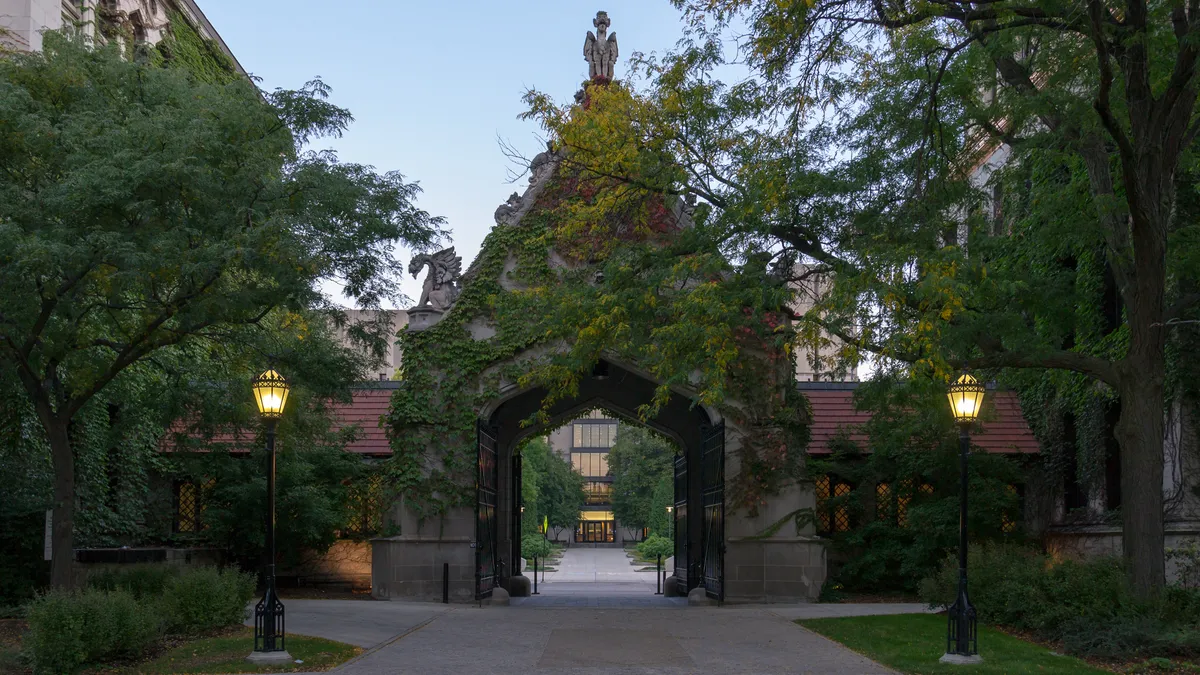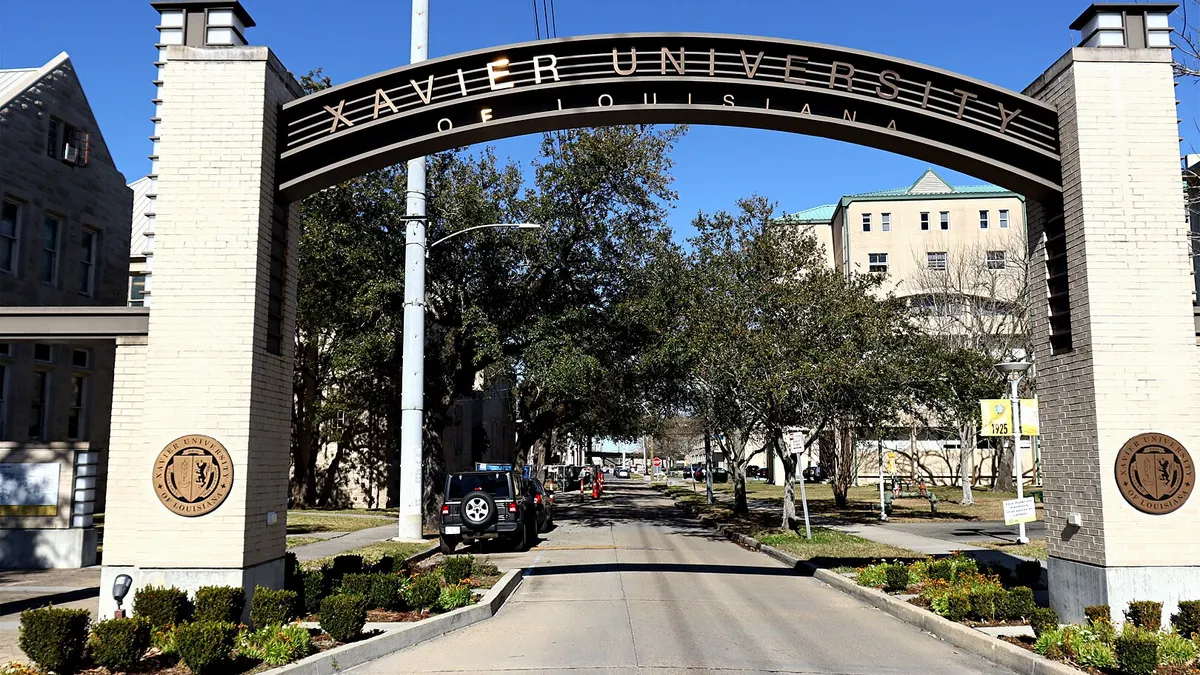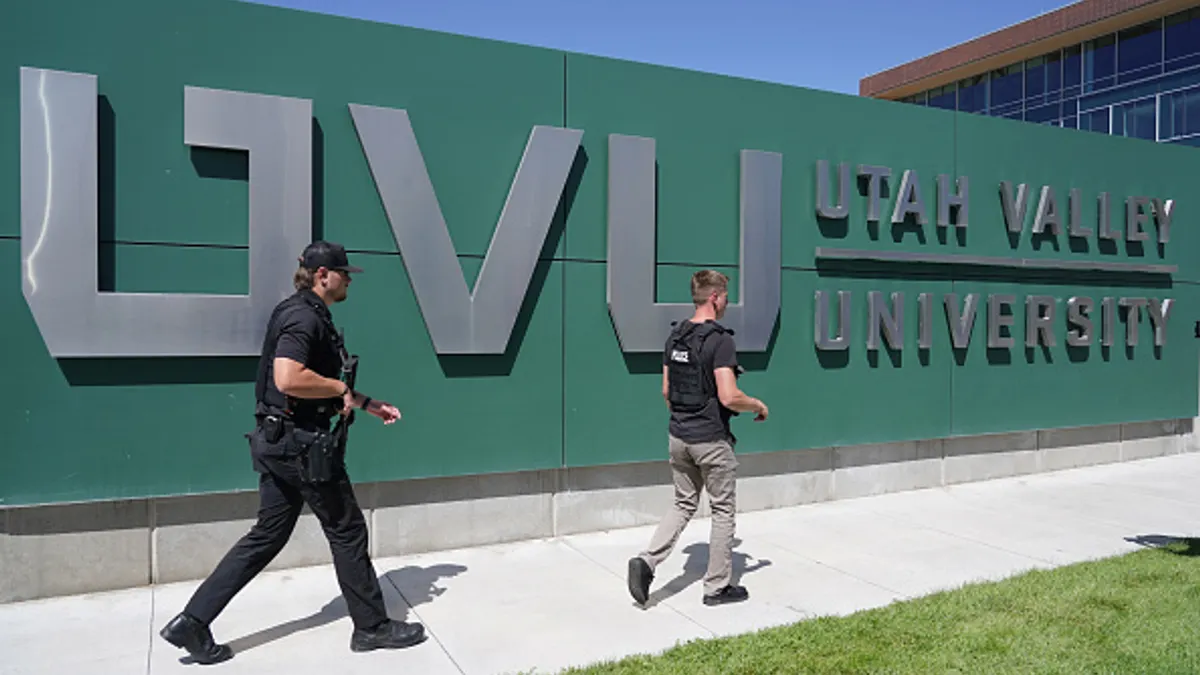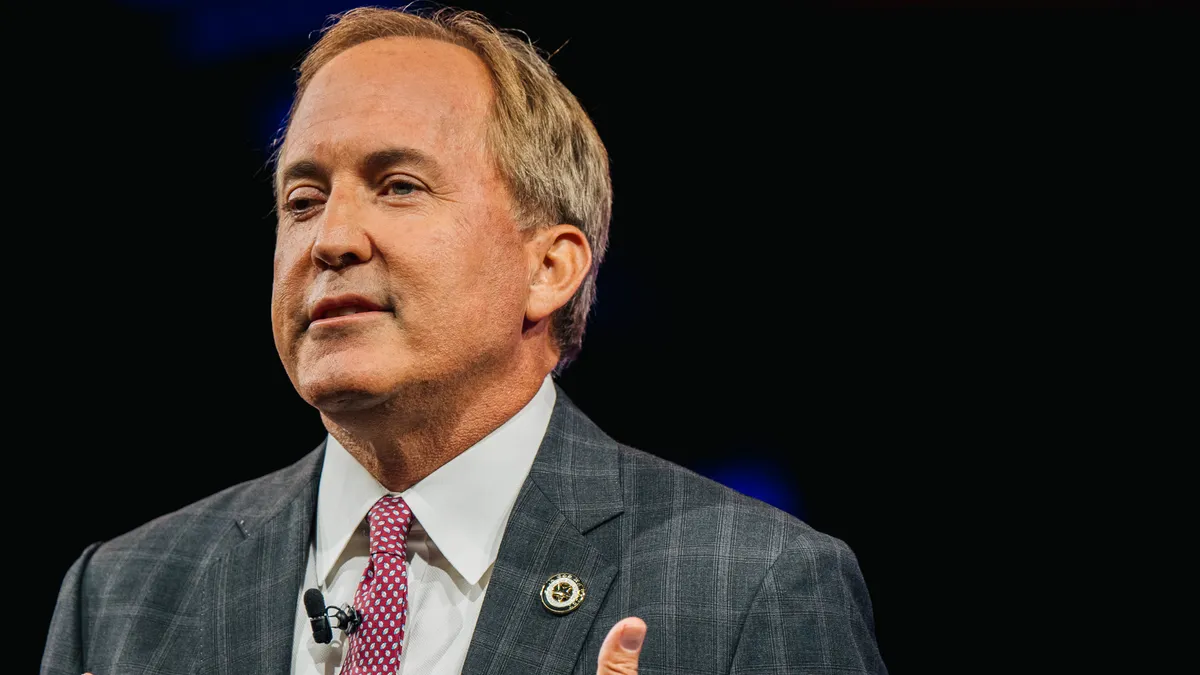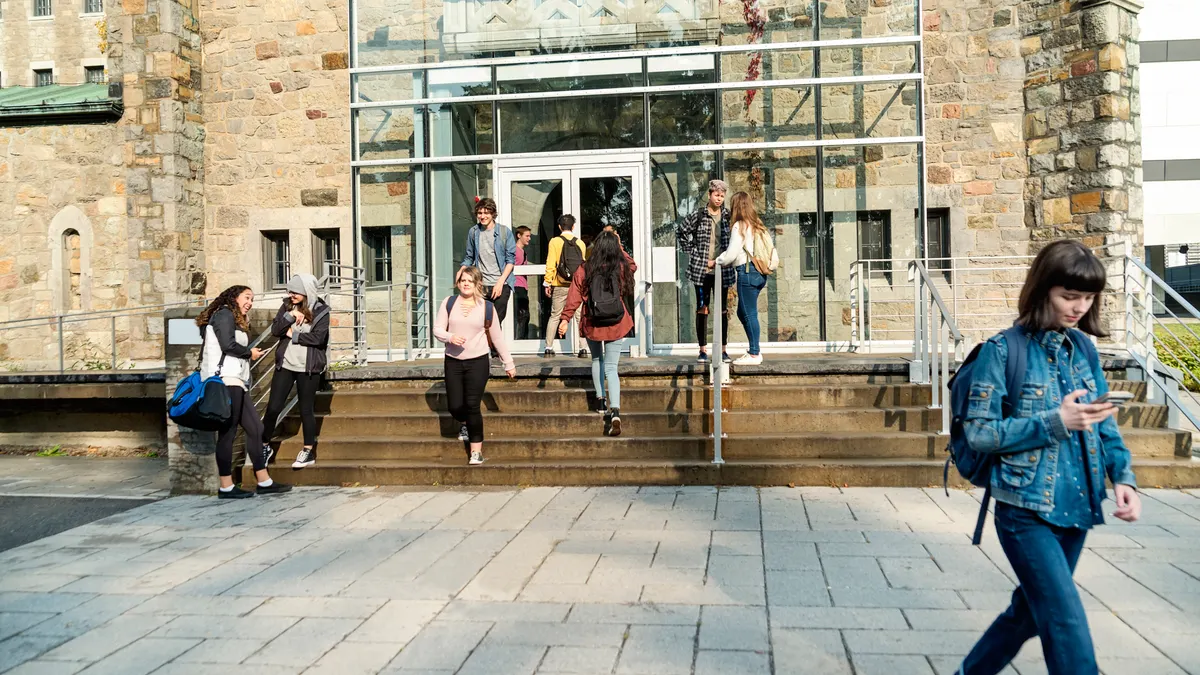California faces a fairly unique problem: Its colleges and universities are quickly filling up and are beginning to struggle to educate everyone who is eligible to enroll there.
By 2030, some 144,000 state residents who are otherwise qualified to attend its public universities to earn a bachelor's degree won't be able to get a seat, according to a recent analysis from the College Futures Foundation. That's nearly double the number of prospective students who met those schools' admissions standards last year but were not granted entry due to space limitations.
"By failing to serve an increasing number of eligible students, California is squandering hard-won gains and undermining public trust," wrote the Oakland-based group, which focuses on helping more California students earn bachelor's degrees.
The shortage of seats in the state's universities is especially hard on low-income students who can't easily move for college and students in regions lacking ample postsecondary options, the authors explained.
It's worth noting that Colleges Futures' data assumes all prospective students eligible to attend one of the state's public four-year universities would actually go on to do so.
When accounting for students who attend two-year or private schools by choice or because they were not admitted to the California State or University of California systems, that 144,000 gap narrows to a lack of space for 52,000 eligible bachelor's-degree-seeking students by 2030, according to an explanation of the analysis by consulting firm McKinsey, which worked with College Futures on the project.
Still, because some of that demand shifts to community colleges, in either scenario the state will be about 100,000 seats short across its two- and four-year institutions by 2030, McKinsey notes.
The report means to do more than just "sound an alarm," said College Futures CEO Monica Lozano. It's also a call to action.
"There are things that we can do today if we collaborate across institutions and allow for things to be done differently," she continued.
Both of California's public university systems — the University of California (UC) and California State University (CSU) – have had major enrollment growth in recent years and say they're working to address the increased demand.
But the big question, and one the College Futures report raises, is whether those efforts can be ramped up quickly enough to help offset a projected shortfall of 1.1 million workers with a bachelor's degree by 2030.
New policies fuel growth
While California's colleges are bracing for more demand for four-year degrees, undergraduate enrollment at four-year colleges nationally is expected to remain flat for at least the next decade.
California's situation is attributed in part to steps the state has taken to make it easier for students to move from high school to college, and from one of its 115 community colleges to its four-year institutions.
For example, the share of public high school graduates who took the necessary coursework to attend one of the state's public universities grew from 34% in 2007-08 to 47% in 2016-17, according to an analysis by the Public Policy Institute of California (PPIC).
In 2011, California introduced its Associate Degree for Transfer (ADT). Students who earn the degree are guaranteed a spot in the CSU system or at other participating universities. The program has grown in popularity, with the number of ADTs earned increasing from some 11,000 in 2013-14 to nearly 50,000 in 2017-18, PPIC found.
The state's two public university systems have already seen increased demand.
Between 2015 and 2019, UC added more than 17,000 in-state undergraduates, an increase of around 10%. Overall undergraduate enrollment has been growing, too, with more than 85,000 students added since 2000.
CSU's count of in-state undergraduates increased by nearly 3% between 2015 and 2019, adding just under 12,000 students. Its undergraduate student body gained 138,212 students in the last two decades.

As space in California's institutions has become scarcer, more high school graduates are leaving the state for college. Their numbers more than doubled between 2004 and 2017 to slightly more than 36,100 students, according to PPIC. Nearly half of the departing students enrolled in public universities in other nearby states, PPIC noted. Out-of-state schools, meanwhile, are actively recruiting California students.
The space constraints have affected some groups of prospective students more deeply than others. Nearly 40% of Latino students who were eligible to attend a CSU or UC school in 2016 did not do so, the College Futures report explained.
Some of that disparity is linked to regional differences. Latinos account for about 40% of the state's population, but that share rises to half in the central and southeastern regions, known, respectively, as the Central Valley and the Inland Empire.
But only about half of qualified students in those areas will be able to attend four-year schools locally, meaning their options are a nearby community college or leaving the region, the College Futures report explains.
Even then, in the Inland Empire, local community colleges could only take about 3,000 additional students, according to the report. That means as many as 17,000 students would have to leave the area for college by 2030.
Addressing the shortfall
California's public universities are well aware of the urgent need to accommodate more students. CSU is exploring whether to add a 24th campus and, if so, where to locate it. And the UC System is rapidly expanding its newest campus, UC Merced (top image), which opened in 2005 to serve students in the Central Valley. While applications systemwide fell 3% in 2019, those to Merced rose by nearly that much.
Fully addressing the anticipated surge in students would require more money from the state, representatives from CSU and UC told Education Dive.
College Futures suggests universities could begin to chip away at the shortfall with existing resources. The group encouraged high schools and colleges to use advisers more effectively to help students plan for college — shortening the time it takes to earn a degree and making new seats available more quickly. More and better information about financial aid could also help students progress faster.
A single application to UC and CSU schools, the organization said, would make it easier for students who don't get into their first choice to find another college. It also encouraged universities to share space with community colleges and K-12 schools, and to keep facilities open on nights and weekends to expand their capacity.
"Yes, California does have the crisis in capacity, but the solutions are ... precisely the type of innovations that institutions of higher ed across the country should be working at anyway," Lozano, of College Futures, said.
About five years ago, CSU took a hard look at enrollment trends, spurring conversations that led to a 10-year plan to boost graduation rates, said Luoluo Hong, CSU's associate vice chancellor for student affairs and enrollment management.
"It's why our goals are so ambitious," Hong said of the program, called the Graduation Initiative 2025. The university hopes to increase the six-year graduation rate of first-time students from 57% in 2015 to 70% in 2025.
CSU has hired more faculty, redesigned courses with high failure rates, increased the number of online classes, worked with K-12 schools to better prepare incoming students, reduced some administrative barriers for current students and introduced electronic advising tools.
The system has also focused on students' wellbeing and their engagement with the campus community, Hong said, because students who feel welcome are more likely to stay and graduate on time. That's especially true for first-generation students or for those who aren't white, she added. While around four in 10 CSU students are Latino, there is no dominant racial group on many campuses, Hong said.
"If I go to a college campus and I don't see how my culture is reflected or my values are reflected or I'm not sure I can find others from my community easily and gather, then my desire to be back home is going to increase," she said.
But if students see their backgrounds reflected in the curriculum, student body and campus life, she said, "I'm going to always miss home, but my comfort level is going to increase."


